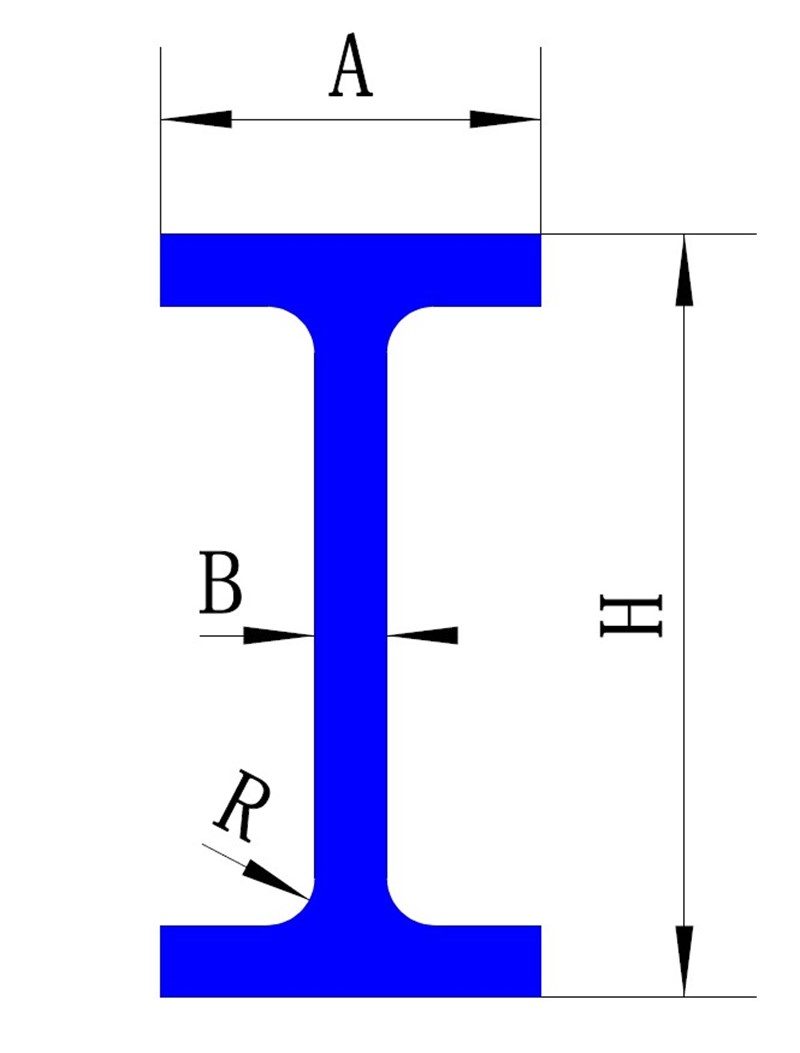Nov . 15, 2024 06:54 Back to list
different types of check valves
Different Types of Check Valves
Check valves, also known as non-return valves, are essential components in piping systems that help to prevent backflow, ensuring fluid flows in one direction. Their design allows them to close automatically when fluid reverses direction, protecting pumps and other equipment from potential damage. There are several types of check valves, each suited for specific applications based on function, design, and the medium being transported. Here, we discuss the most common types of check valves
1. Swing Check Valves
Swing check valves are one of the most widely used types. They feature a disc that swings on a hinge, allowing fluid to flow freely in one direction. When the flow reverses, the disc swings closed against a seat, preventing backflow. This design is often used in water and wastewater applications, as well as in steam and gas services. Swing check valves are typically favored for their ability to handle large volumes of fluids with low pressure drops.
2. Lift Check Valves
Lift check valves operate similarly to swing check valves but with a more vertical design. The disc in a lift check valve moves vertically up and down, making contact with the seat when flow reverses. This type of check valve generally offers a tighter seal than swing checks and is ideal for high-pressure applications. Lift check valves can be further categorized into axial and inline designs, making them versatile for various piping configurations.
different types of check valves

Vertical check valves are designed to be installed in a vertical position, with the flow coming from below. These valves use a disc that is pushed up as fluid flows upward, and gravity ensures that the disc seals against the seat when there is no flow or if the fluid tries to reverse. Vertical check valves are primarily used in sump pump applications and other scenarios where space constraints demand a vertical installation.
4. Ball Check Valves
Ball check valves utilize a spherical ball to prevent backflow. The ball sits in a seat, and when fluid flows in the intended direction, it moves away from the seat, allowing fluid to pass. If backflow occurs, the ball is pushed back into the seat, creating a seal. Ball check valves are commonly found in various industrial and residential applications, including irrigation systems and food processing.
5. Dual Plate Check Valves
Dual plate check valves are designed with two plates that open and close based on fluid flow. When flow occurs, the plates pivot on a hinge to open; when flow reverses, the plates close quickly to prevent backflow. This type of check valve is compact and suitable for high-flow systems, such as in power plants and oil refineries. Their lightweight design also makes them ideal for applications with limited space.
Conclusion
Understanding the different types of check valves is crucial for engineers and technicians involved in designing and maintaining fluid systems. Each type has its advantages and is suited for specific applications. Selecting the right check valve can significantly impact the efficiency and safety of a fluid system, making it an important consideration in engineering design. Whether for water, steam, or oil, choosing the right check valve ensures fluid integrity and system reliability.
-
thread-plug-gauge-our-promise-of-measurement-excellenceNewsAug.22,2025
-
gauge-pin-class-reflecting-quality-legacyNewsAug.22,2025
-
check-valve-types-for-high-rise-buildingsNewsAug.22,2025
-
water-control-valve-for-irrigation-systemsNewsAug.22,2025
-
gate-valve-with-soft-seal-technologyNewsAug.22,2025
-
y-type-strainer-for-oil-and-gas-applicationsNewsAug.22,2025
Related PRODUCTS









